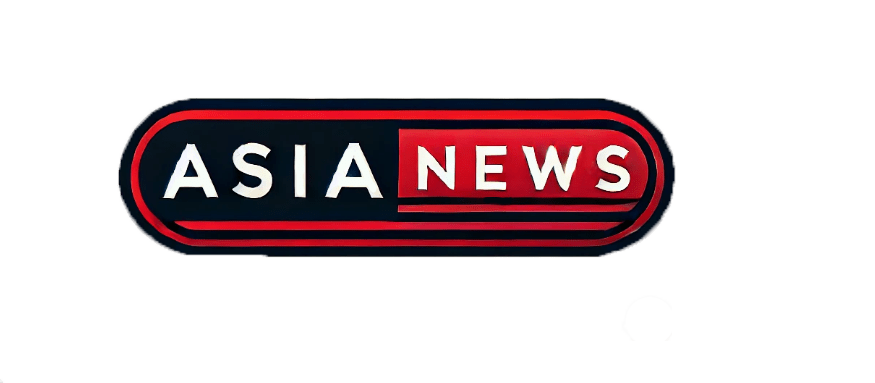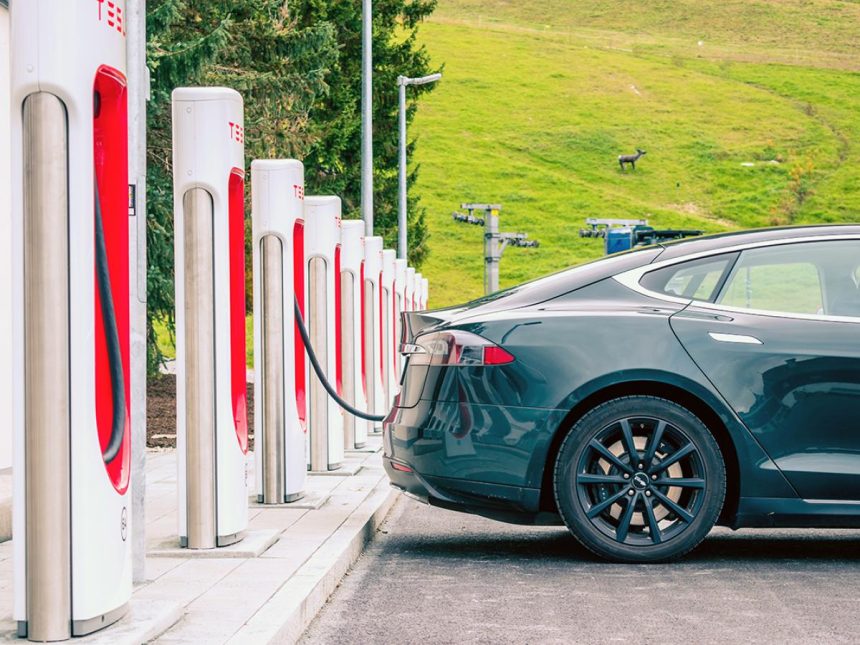Federal Jury Holds Tesla One-Third Responsible
A federal jury in Miami has ruled that Tesla bears approximately 33% liability in a 2019 fatal crash involving its Autopilot system. The incident involved a Model S equipped with Autopilot, which failed to stop at a T-intersection and collided with a parked SUV, killing 22-year-old Naibel Benavides Leon and seriously injuring her passenger ([turn0news15]⁄[turn0news17]⁄[turn0news18]⁄[turn0search8]).
Court Orders $243 Million in Damages
The jury awarded a total of $243 million in damages. This includes $200 million in punitive damages and approximately $43 million in compensatory damages to the victims’ families. Tesla is responsible for roughly $242.5 million, given its share of fault ([turn0news17]⁄[turn0news15]⁄[turn0news18]).
Autopilot Misstep — Not Just Driver Error
Plaintiffs argued Tesla’s software misled users into over-reliance and failed to disengage or warn the driver as the road layout changed. Tesla maintained that the driver—who admitted becoming distracted by his phone—was solely responsible. However, the jury concluded Tesla’s limitations contributed materially to the crash ([turn0news15]⁄[turn0search1]⁄[turn0search4]).
Significance: First Major Federal Verdict Against Tesla
This is the first federal court verdict holding Tesla liable in an Autopilot-related death. It marks a legal milestone and may encourage similar lawsuits, raising stakes ahead of Tesla’s planned autonomous “robotaxi” rollout in U.S. cities ([turn0news17]⁄[turn0news18]⁄[turn0news16]).
Reuters Cites Further Legal and Market Impact
Analysts predict implications for Tesla’s stock, which dropped 1.8% on the day and is down over 25% year-to-date. The valuation pressures come amid regulatory scrutiny and investor doubts about its autonomous driving strategy ([turn0news14]⁄[turn0news16]).
Broader Autopilot Concerns and Safety Scrutiny
Tesla’s Autopilot system—classified as Level 2 automation—has been criticized for inadequate driver monitoring systems, inability to detect stationary vehicles, and misuse by users imagining it to be fully autonomous. Government agencies including the NHTSA and NTSB have repeatedly issued safety warnings and probed multiple crashes linked to Autopilot ([turn0search29]⁄[turn0search25]⁄[turn0search26]).
Company to Appeal as Safety Debate Intensifies
Tesla has said it will appeal the verdict, insisting its marketing and disclosures are appropriate and that drivers remain ultimately responsible. Critics, however, argue the case exposes a pattern of misleading claims and insufficient driver oversight safeguards ([turn0news17]⁄[turn0news24]⁄[turn0search29]).
What Lies Ahead
- Tesla’s planned robotaxi expansion may face heightened regulation or delay amid legal pressures.
- Consumers and lawmakers may demand stronger standards for driver-assist safety and clearer disclosures.
- Tesla could face additional lawsuits based on similar dynamics—autonomous tech use combined with driver inattention.
Final Take
The Miami verdict underscores a critical shift: court recognition that Tesla’s Autopilot system can carry partial fault in fatal crashes. As autonomous driving technology advances, the ruling signals a turning point in accountability, consumer protection, and industry responsibility. The verdict could reshape expectations for how far driver-assistance systems can be deployed—and marketed—before safety consequences follow.










